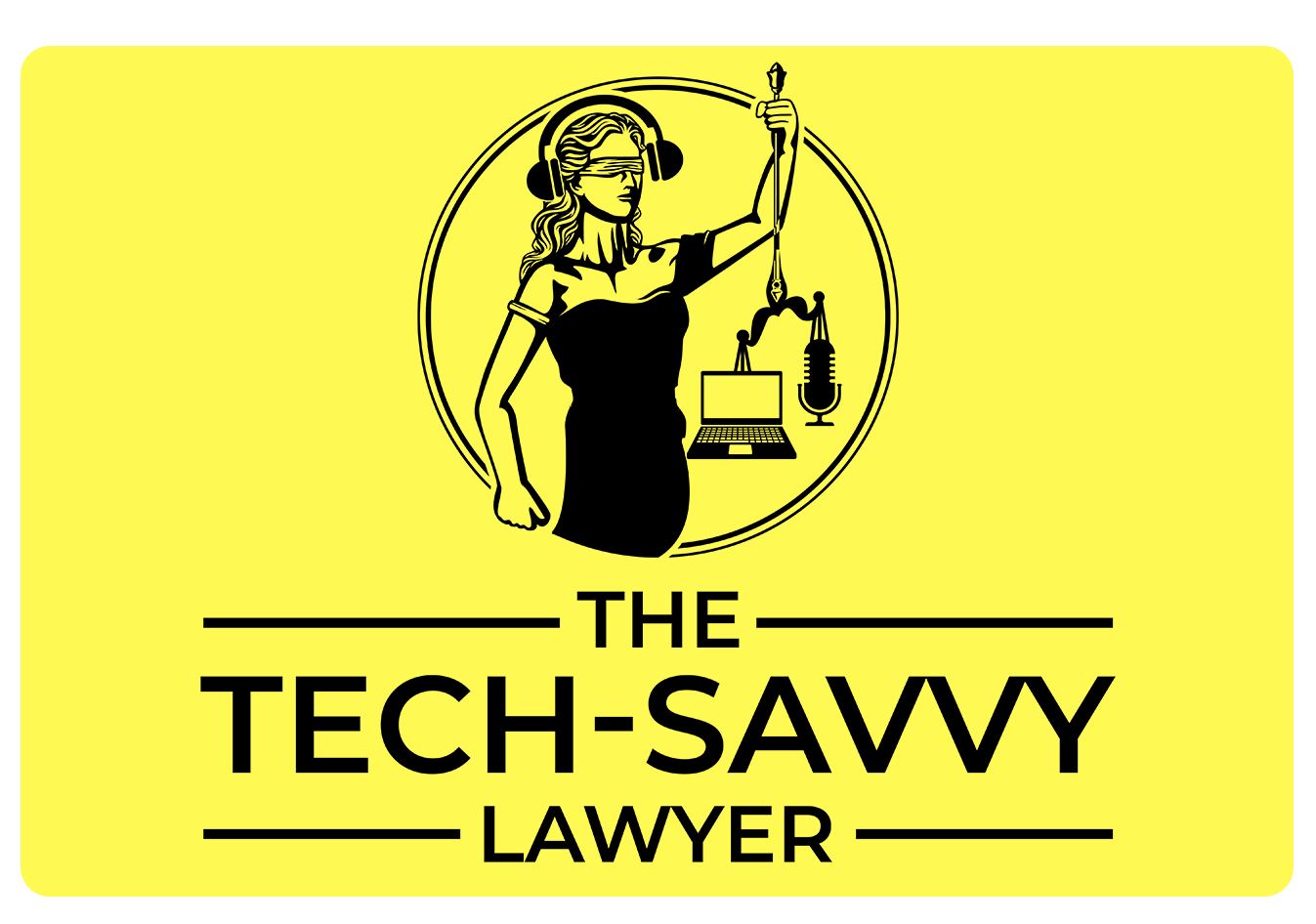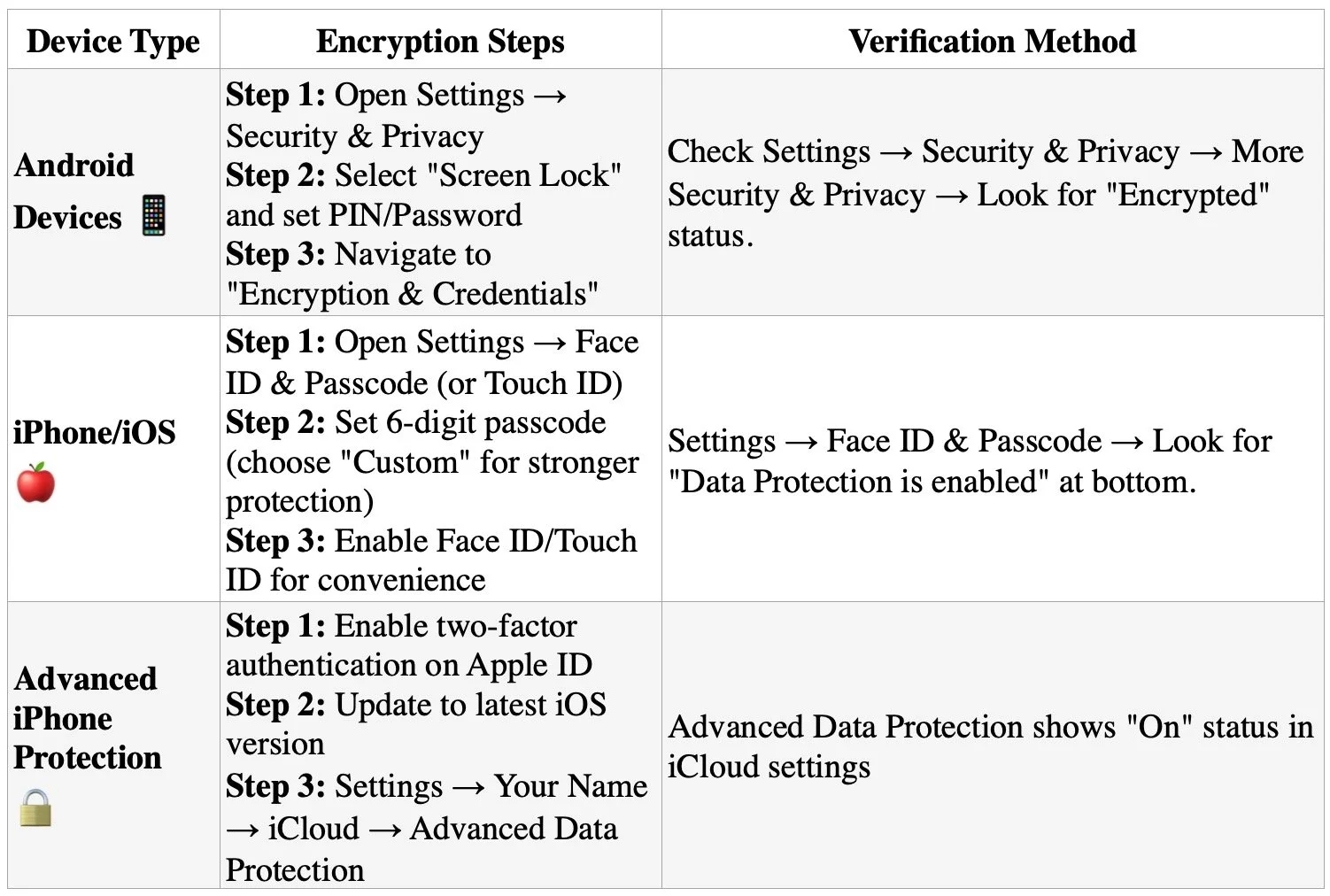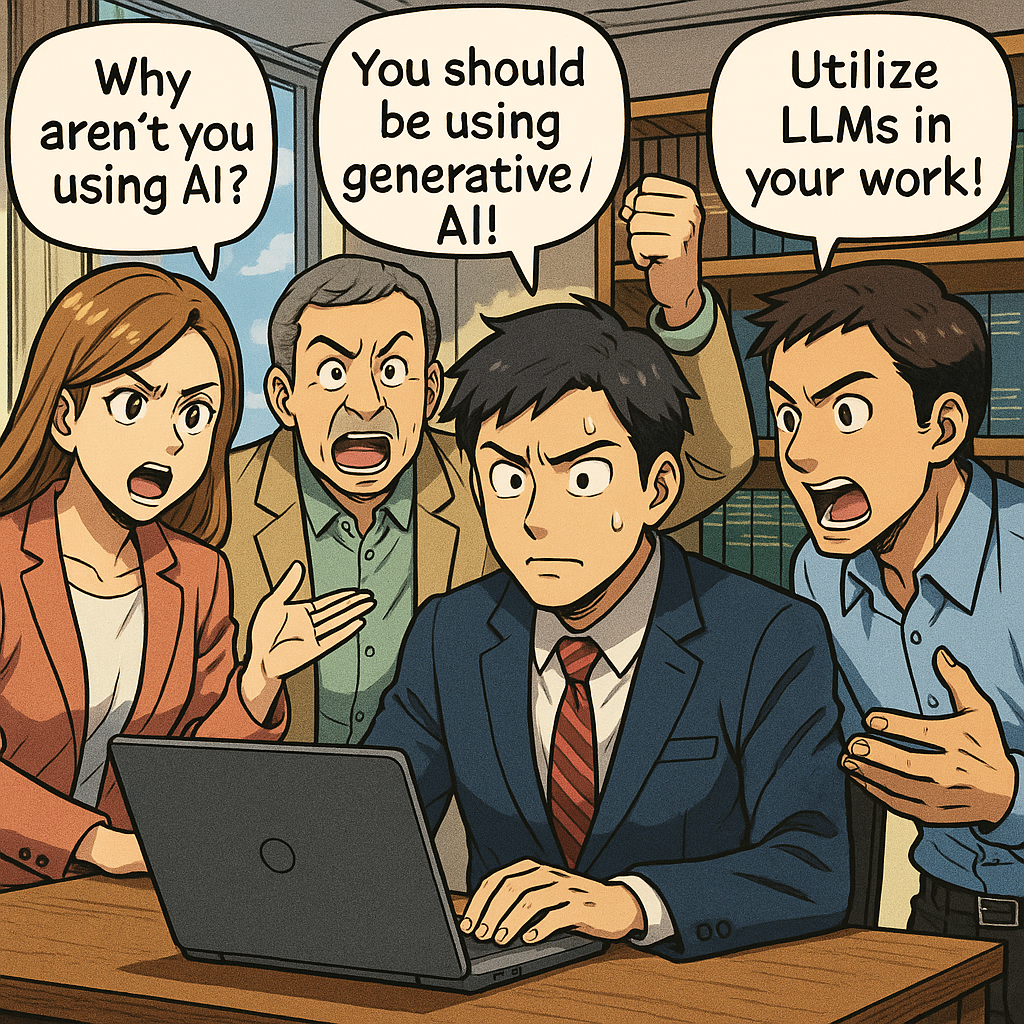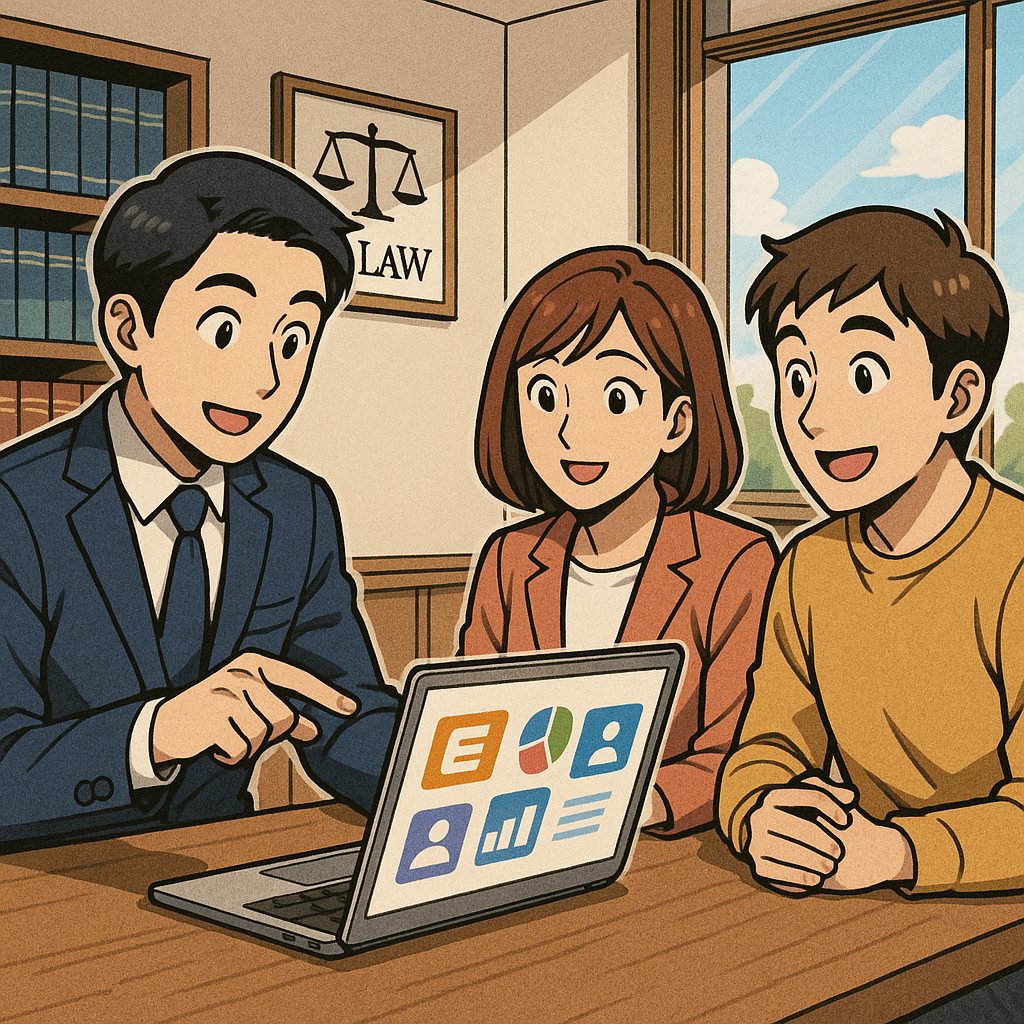MTC: The AI-Self-Taught Client Dilemma: Navigating Legal Ethics When Clients Think They Know Better 🤖⚖️
/The billing battlefield: Clients question fees for AI-assisted work while attorneys defend the irreplaceable value of professional judgment.
The rise of generative artificial intelligence has created an unprecedented challenge for legal practitioners: clients who believe they understand legal complexities through AI interactions, yet lack the contextual knowledge and professional judgment that distinguishes competent legal counsel from algorithmic output. This phenomenon, which we might call the "AI-self-taught-lawyer" syndrome, has evolved beyond mere client education into a minefield of ethical obligations, fee disputes, and even bar complaints when attorneys fail to properly manage these relationships.
The Pushback Reality: When Clients Think They Know Better
Reuters has documented “AI hallucinations” in court filings that create additional work for attorneys—work, i.e., checking citations, that should have been performed before the filing - and that some clients then may challenge on their bills, claiming they shouldn’t pay for hours spent correcting AI errors. This underscores the importance of clear communication about the distinct professional value attorneys add when verifying or refining AI-generated content.
Without clear communications, attorneys run the risk of being accused of "padding hours" when lawyers spend time verifying or correcting client-generated AI work. The “uninformed" client may view attorney review as unnecessary overhead rather than essential professional service. One particularly challenging scenario involves clients who present AI-generated contracts or legal briefs and expect attorneys to simply file them without substantial review, then dispute billing when attorneys perform due diligence.
The Billing Battlefield: AI Efficiency vs. Professional Value
ABA Model Rule 1.5 requires reasonable fees, but AI creates complex billing dynamics. When clients arrive with AI-generated legal research, attorneys face a paradox: they cannot charge full rates for work essentially completed by the client, yet they must invest significant time in verifying, correcting, and providing professional oversight.
Florida Bar Ethics Opinion 24-1 explicitly addresses this challenge: “lawyer[s] may not ethically engage in any billing practices that duplicate charges or that falsely inflate the lawyer's billable hours". However, the opinion also recognizes that AI verification requires substantial professional time that must be fairly compensated.
The D.C. Bar's Ethics Opinion 388 draws parallels to reused work product: when AI reduces the time needed for a task, attorneys can only bill for actual time spent, regardless of the value generated. This creates tension when clients expect discounted rates for "AI-assisted" work, while attorneys must invest more time in verification than traditional practice methods required.
The Bar Complaint Trap: Failure to Warn
The AI-self-taught dilemma: Confident clients push flawed AI legal theories, leaving attorneys to repair the damage before it reaches court
Perhaps the most dangerous aspect of the AI-self-taught client phenomenon is the potential for bar complaints when attorneys fail to adequately warn clients about AI risks. The pattern is becoming disturbingly common: clients use AI for legal research or document preparation, suffer adverse consequences, then file complaints alleging their attorney should have warned them about AI limitations and ethical concerns.
Recent disciplinary cases illustrate this risk. In People v. Crabill, a Colorado attorney was suspended for “for one year and one day, with ninety days to be served and the remainder to be stayed upon Crabill’s successful completion of a two year period of probation, with conditions”after using AI-generated fake case citations. While this involved attorney AI use, similar principles apply to client AI use that goes unaddressed by counsel. The Colorado Court of Appeals warned in Al-Hamim v. Star Heathstone that they "will not look kindly on similar infractions in the future”, suggesting that attorney oversight duties extend to client AI activities.
The New York State Bar Association's 2024 report emphasizes that attorneys have obligations to ensure paralegals and employees handle AI properly. This supervisory duty logically extends to managing client AI use that affects the representation, particularly when clients share AI-generated work as the basis for legal strategy.
Competence Requirements Under Model Rule 1.1
ABA Model Rule 1.1[8] requires attorneys to maintain knowledge of "the benefits and risks associated with relevant technology". This obligation intensifies when clients use AI tools independently. Attorneys cannot competently represent AI-literate clients without understanding the technology's limitations and potential pitfalls.
Recent sanctions demonstrate the stakes involved. In Wadsworth v. Walmart, attorneys were fined and lost their pro hac vice admissions after submitting AI-generated fake citations, despite being apologetic and forthcoming. The court emphasized that "technology may change, but the requirements of FRCP 11 do not". This principle applies equally when clients generate problematic AI content that attorneys fail to properly verify or address.
The Tech-Savvy Lawyer blog notes that competence now requires "sophisticated technology manage[ment] while maintaining fundamental duties to provide competent, ethical representation". When clients arrive with AI-generated legal theories, attorneys must possess sufficient AI literacy to identify potential hallucinations, bias, and accuracy issues.
Confidentiality Risks and Client Education
Model Rule 1.6 prohibits attorneys from revealing client information without informed consent. However, AI-self-taught clients create unique confidentiality challenges. Many clients have already shared sensitive information with public AI platforms before consulting counsel, potentially compromising attorney-client privilege from the outset.
ZwillGen's analysis reveals that using AI tools can "place a third party – the AI provider – in possession of client information" and risk privilege waiver. When clients continue using public AI tools for legal matters during representation, attorneys face ongoing confidentiality risks that require active management.
The New York State Bar Association warns that the use of AI "must not compromise attorney-client privilege" and requires attorneys to disclose when AI tools are employed in client cases. This obligation extends to educating clients about ongoing confidentiality risks from their independent AI use.
Supervision Challenges Under Model Rule 5.3
Model Rule 5.3, governing responsibilities regarding nonlawyer assistance, has evolved to encompass AI tools. When clients use AI for legal research, attorneys must treat this as unsupervised nonlawyer assistance requiring professional verification and oversight.
The supervision challenge intensifies when clients present AI-generated legal strategies with confidence in their accuracy. As one practitioner notes, "AI isn't a human subordinate, it's a tool. And just like any tool, if a lawyer blindly relies on it without oversight, they're the one on the hook when things go sideways". This principle applies whether the attorney or client operates the AI tool.
Recent malpractice analyses identify three main AI liability risks: "(1) a failure to understand GAI's limitations; (2) a failure to supervise the use of GAI; and (3) data security and confidentiality breaches". These risks amplify when clients use AI independently without attorney guidance or oversight.
Managing Client Overconfidence and Bias
When clients proudly present AI-generated briefs, lawyers face the hidden cost of correcting errors and managing unrealistic expectations.
Research reveals that AI systems can perpetuate historical biases present in legal databases and court decisions. When clients rely on AI-generated advice, they may unknowingly adopt biased perspectives or outdated legal theories that modern practice has evolved beyond.
A recent case example illustrates this danger: an attorney received "an AI generated inquiry from a client claiming there were additional securities filing requirements associated with a transaction," but discovered "the AI model was pulling its information from a proposed change to the law from over ten years ago" that was "never enacted into law". Clients presenting such AI-generated "research" create professional responsibility challenges for attorneys who must diplomatically correct misinformation while maintaining client relationships.
The confidence with which AI presents information compounds this problem. As noted in professional guidance, "AI-generated statements are no substitute for the independent verification and thorough research that an attorney can provide". Clients often struggle to understand this distinction, leading to pushback when attorneys question or contradict their AI-generated conclusions.
Practical Strategies for Ethical Client Management
Successfully navigating AI-self-taught clients requires comprehensive communication strategies that address both ethical obligations and practical relationship management. Attorneys should implement several key practices:
Proactive Client Education: Establish clear policies regarding client AI use and provide written guidance about confidentiality risks. Include specific language in engagement letters addressing client AI activities and their potential impact on representation.
Transparent Billing Practices: Develop clear fee structures that account for AI verification work. Explain to clients that professional review of AI-generated content requires substantial time investment and represents essential professional service, not unnecessary overhead.
Documentation Requirements: Require clients to disclose any AI use related to their legal matter. Create protocols for reviewing and addressing client-generated AI content while maintaining respect for client initiative.
Regular Communication: Implement ongoing check-ins about client AI use to prevent confidentiality breaches and ensure attorney strategy remains properly informed. Address client expectations about AI capabilities and limitations throughout the representation.
The Fee Justification Challenge
When clients present AI-generated research or draft documents, attorneys face complex billing considerations that require careful navigation. They cannot charge full rates for work essentially completed by the client's AI use, yet they must invest significant time in verification and correction.
The key lies in transparent communication about the additional value provided by professional judgment, ethical compliance, and strategic thinking that AI cannot replicate. As DISCO's client communication guide suggests: "Don't position AI as the latest trend. Present it as a way to deliver stronger outcomes" by spending "more time on strategy, insight, and execution and less on repetitive manual tasks".
Successful practitioners reframe the conversation from cost to value: "AI helps us work more efficiently, which means we spend more of our time on strategy, insight, and execution and less on repetitive manual tasks". This positioning helps clients understand that attorney review of AI-generated content enhances rather than duplicates their investment.
The Bar Complaint Prevention Protocol
Verifying AI ‘research’ isn’t padding hours—it’s an ethical obligation that protects clients and preserves professional integrity.
To prevent bar complaints alleging failure to warn about AI risks, attorneys should implement comprehensive documentation practices:
Written AI Policies: Provide clients with written guidance about AI use risks and limitations. Document these communications in client files to demonstrate proactive risk management.
Ongoing Monitoring: Create systems for identifying when clients are using AI tools during representation. Address confidentiality and accuracy concerns promptly when such use is discovered.
Professional Education: Maintain current knowledge of AI capabilities and limitations to provide competent guidance to clients. Document continuing education efforts related to AI and legal technology.
Clear Boundaries: Establish explicit policies about when and how client AI-generated content will be used in the representation. Require independent verification of all AI-generated legal research or documents before incorporation into legal strategy.
Final Thoughts: The Future of Professional Responsibility
The AI-self-taught client phenomenon represents a permanent shift in legal practice dynamics requiring fundamental changes in how attorneys approach client relationships. The legal profession's response will define the next evolution of attorney-client dynamics and professional responsibility standards.
As the D.C. Bar recognized, "clients and counsel must proceed with what we might call a 'collaborative vigilance'". This approach requires "maintaining a shared commitment to transparency, quality, and adaptability" while recognizing both AI's efficiencies and its limitations.
Success demands that attorneys embrace their expanding role as AI educators, technology managers, and ethical guardians. As ABA Formal Opinion 512 emphasizes, lawyers remain fully accountable for all work product, no matter how it is generated. This accountability extends to managing client expectations shaped by AI interactions and ensuring that professional judgment governs all strategic decisions, regardless of their technological origins.
The legal profession must evolve beyond simply tolerating AI-empowered clients to actively managing the ethical, practical, and professional challenges they present. By maintaining ethical vigilance while embracing technological benefits, attorneys can transform this challenge into an opportunity for more informed, efficient, and ultimately more effective legal representation. The key lies in recognizing that AI tools, whether used by attorneys or clients, remain subject to the timeless ethical obligations that protect both professional integrity and client interests.
Those who fail to adapt risk not only client dissatisfaction and fee disputes but also potential disciplinary action for inadequately addressing the AI-related risks that increasingly define modern legal practice.
MTC

































